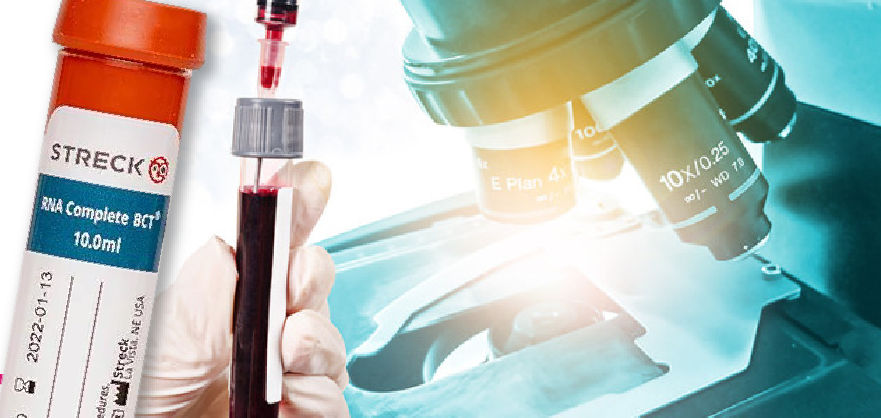11;18 – API2/MALT1
API2/MALT1 translocation, t(11;18) (q21;q21) In gastric MALT lymphoma 1/3 or less of cases have been reported to carry the t(11;18) API2-MALT1 translocation. This translocation is usually indicative of unresponsiveness to Helicobacter pylori eradication and is present in advanced disease states.
11;18 – API2/MALT1 Read More »


